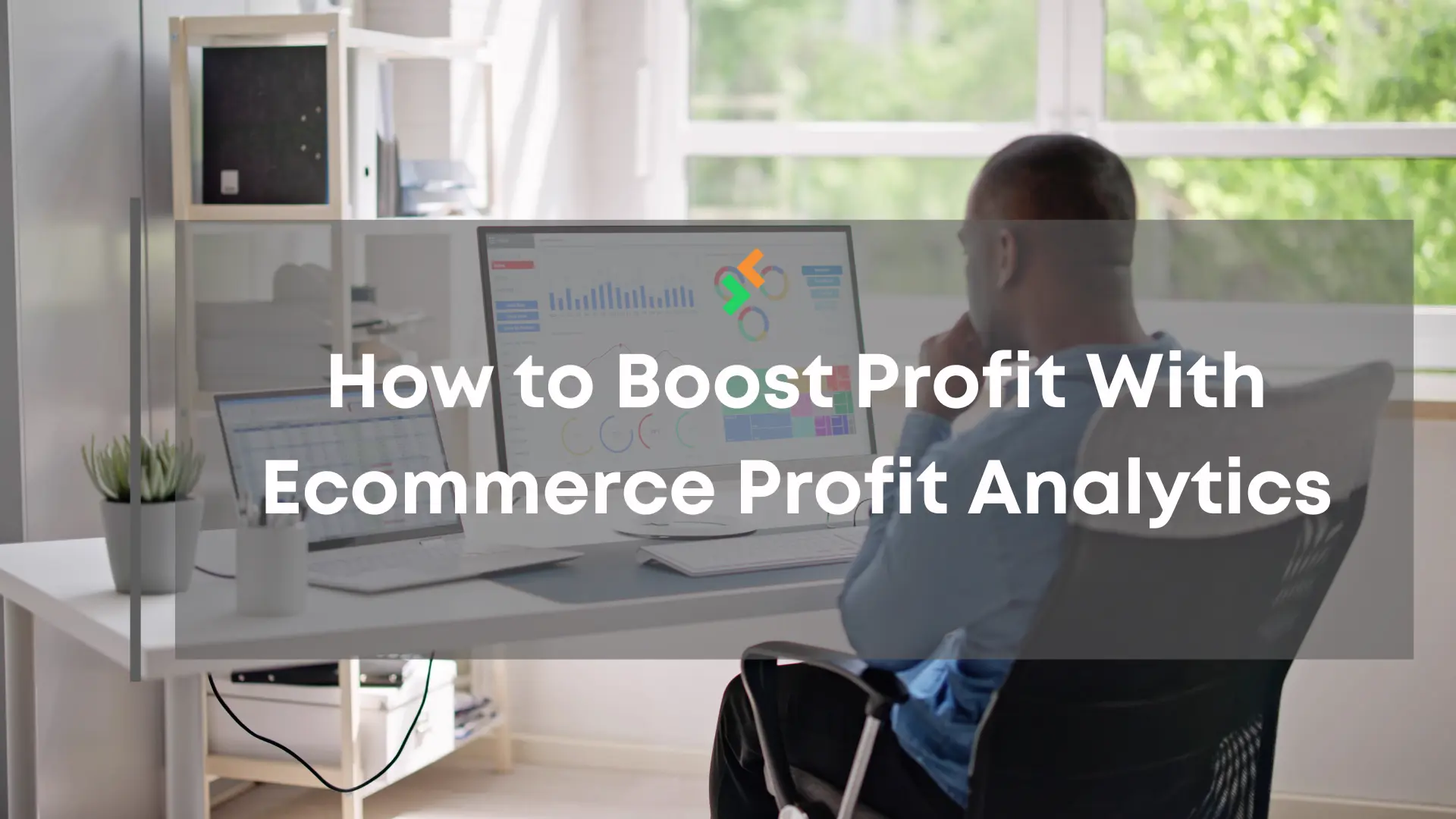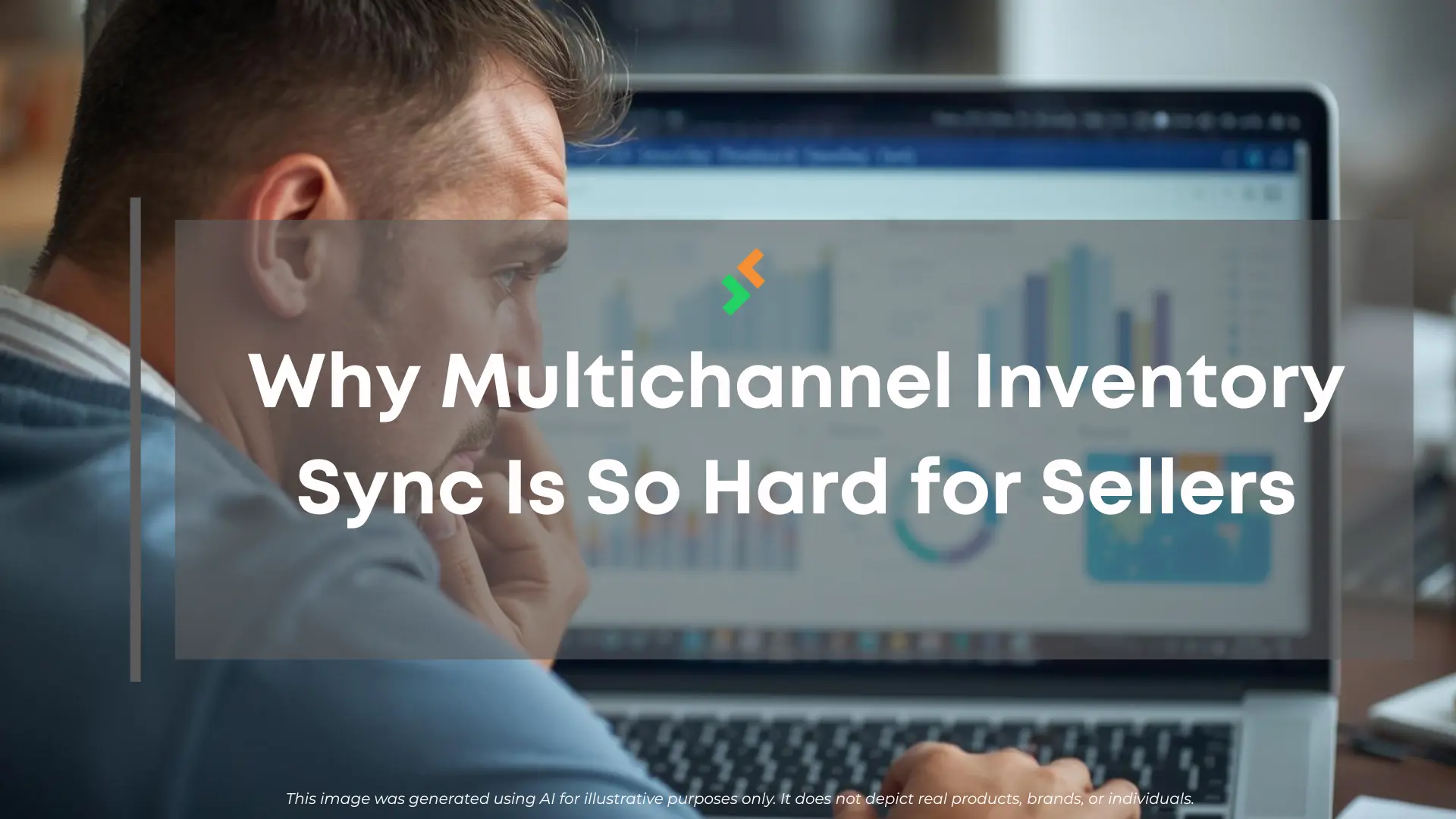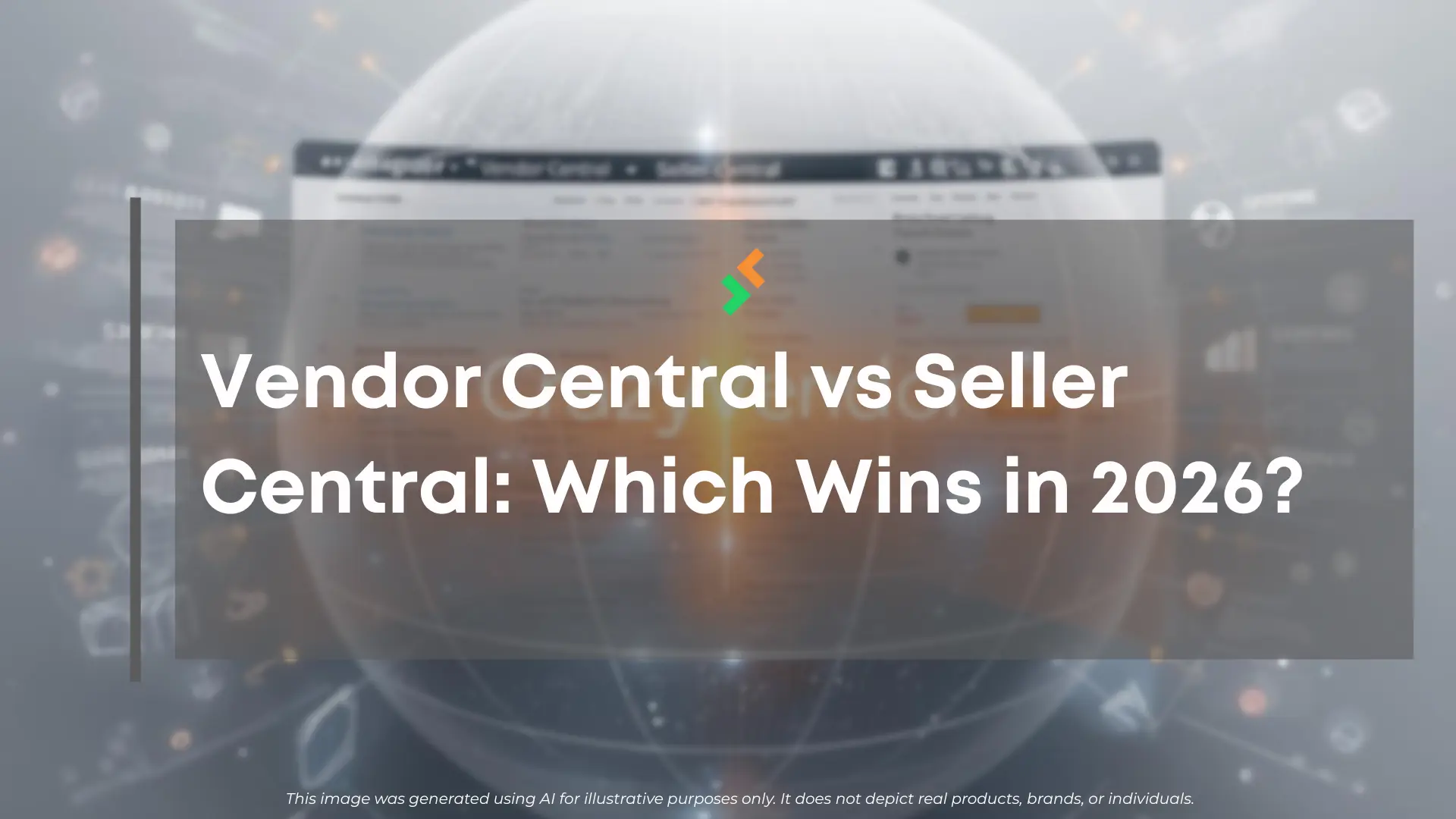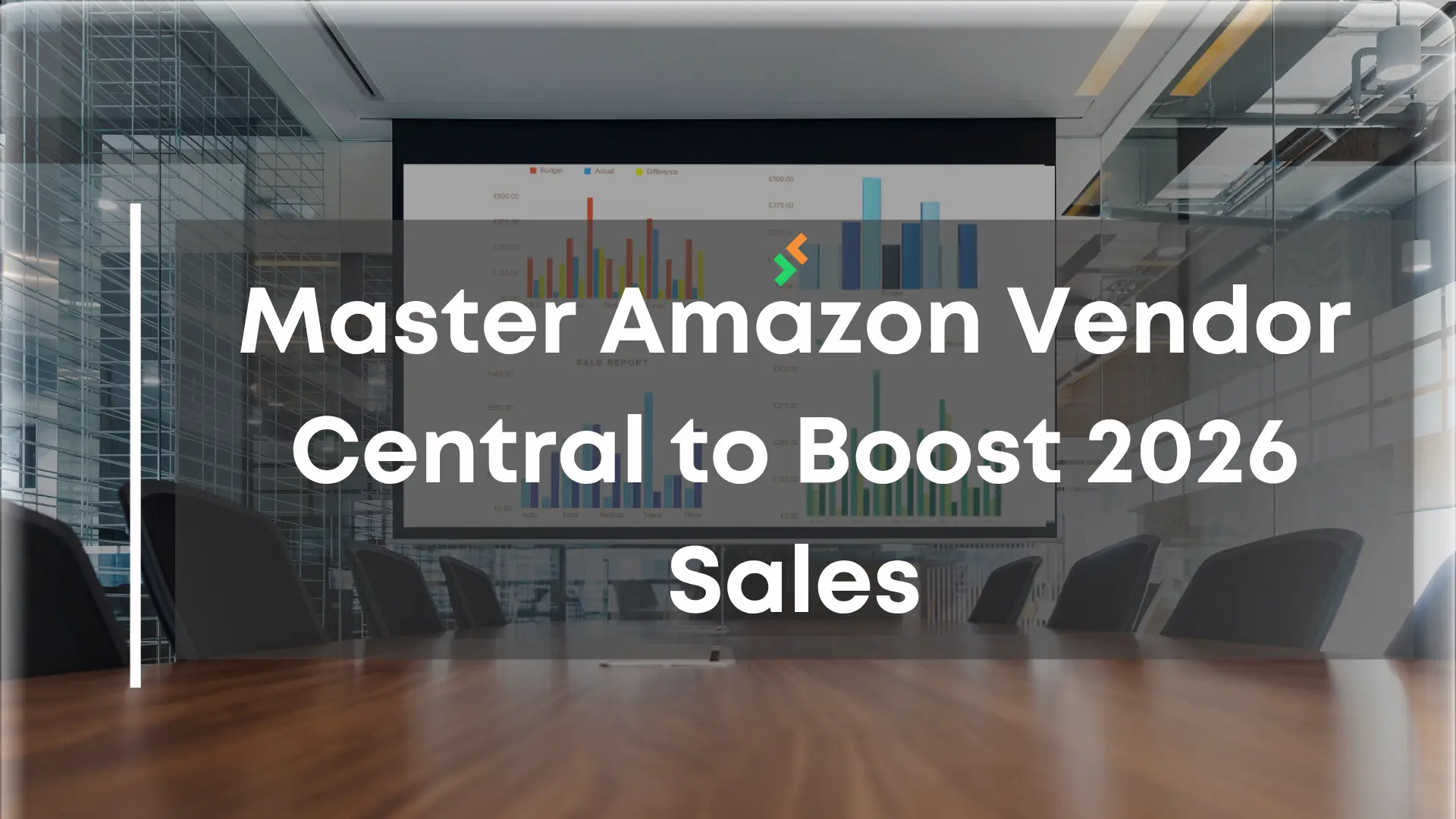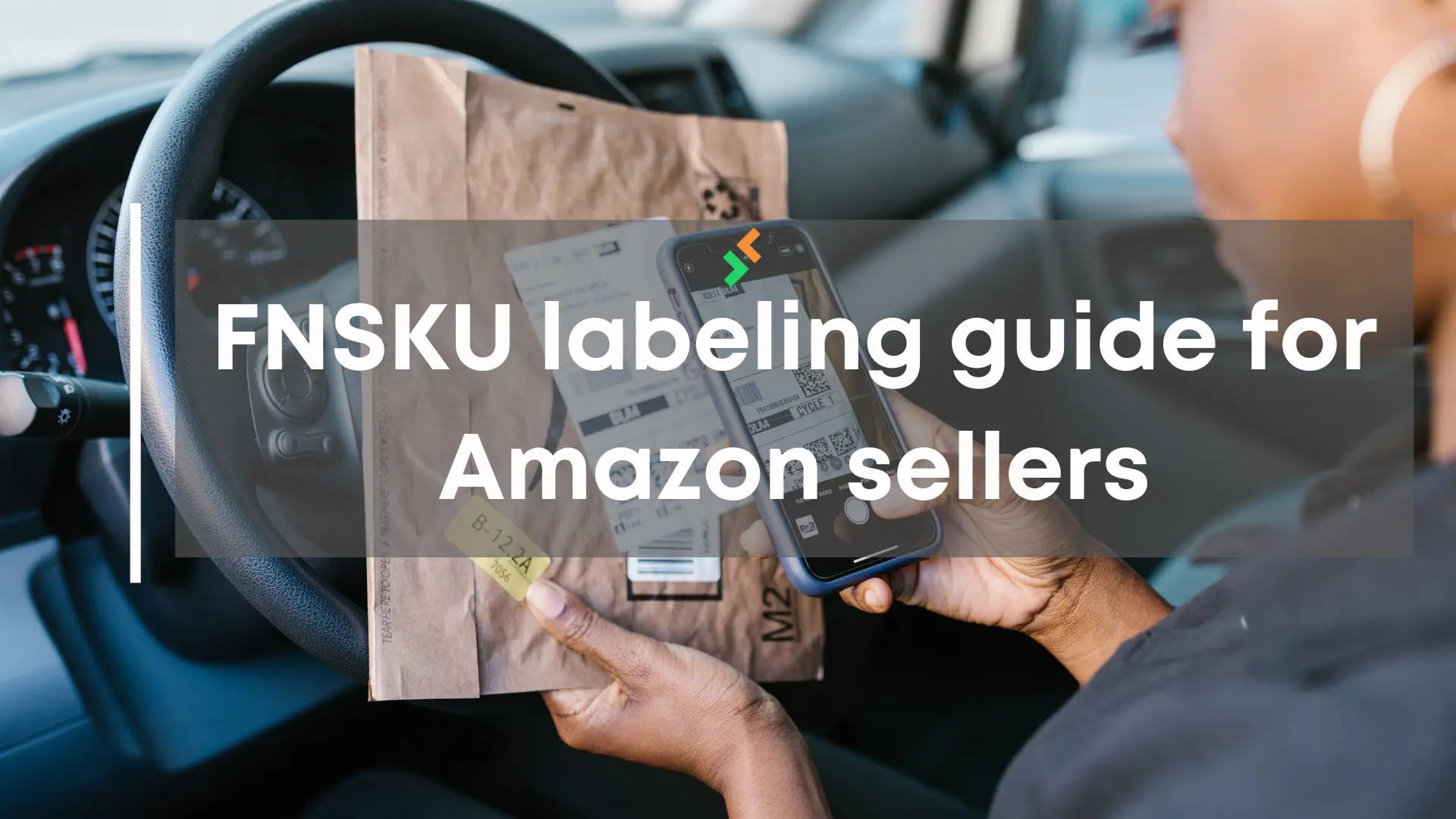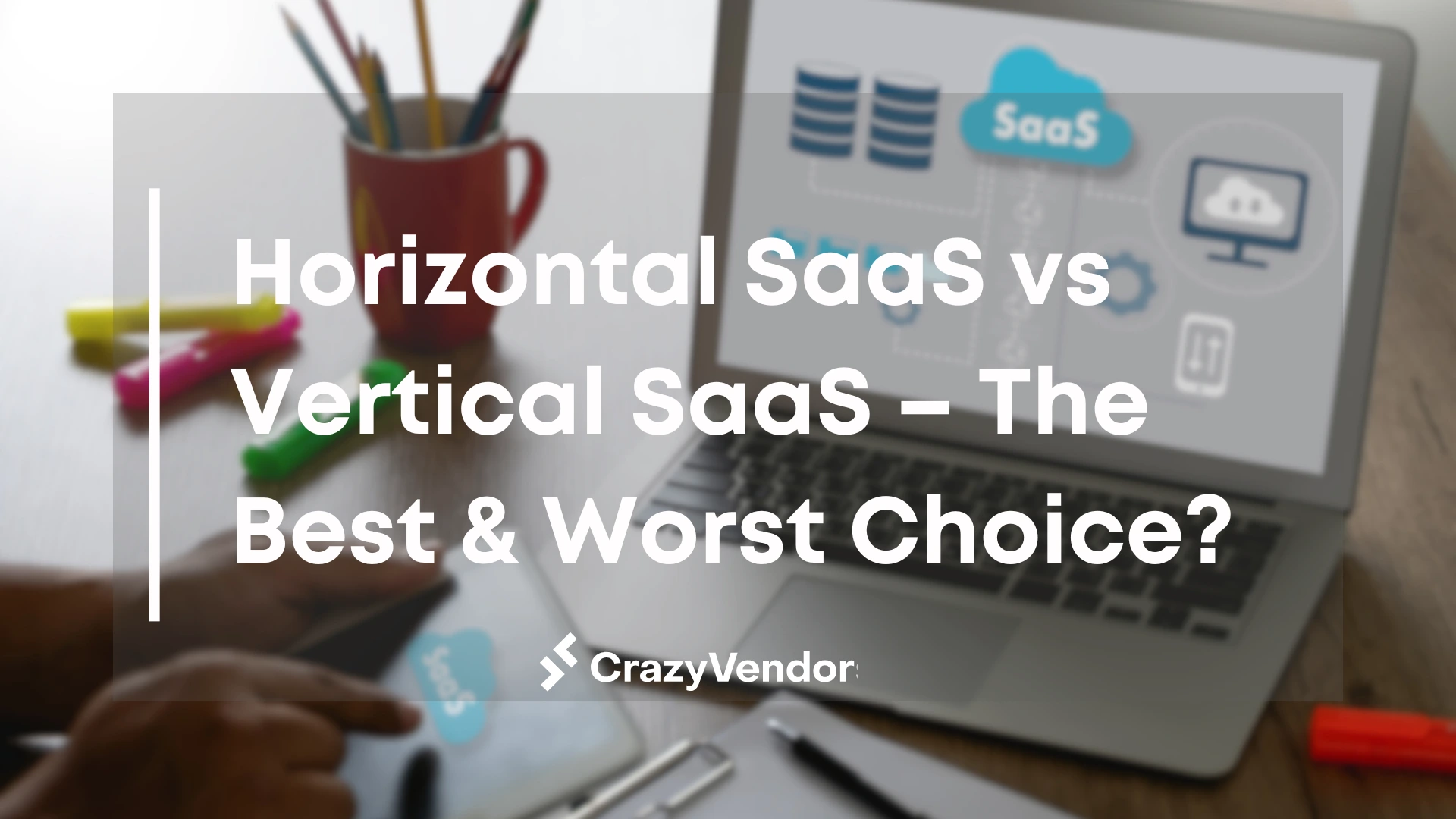
The software industry is evolving, and businesses must decide between Horizontal SaaS vs Vertical SaaS to meet their operational needs. While Horizontal SaaS provides broad, industry-agnostic solutions, Vertical SaaS is tailored to a specific market. Choosing the wrong one can lead to inefficiencies, unnecessary costs, and limited scalability. But which model is truly the best choice, and which one could hold your business back?
Understanding the key differences will help you determine the right software solution for long-term success.
Table of Contents
What is Horizontal SaaS?
Horizontal SaaS is a cloud-based software model that serves businesses across multiple industries. These platforms focus on universal business functions, such as customer relationship management, accounting, and project management. Examples include Salesforce, Slack, and QuickBooks—tools that cater to various sectors without being designed for any particular one.
While Horizontal SaaS solutions are widely used, they often require customization and third-party integrations to meet industry-specific needs. Businesses that rely on generic software may struggle with inefficiencies, forcing them to add workarounds that increase operational complexity.
For eCommerce sellers, using a Horizontal SaaS CRM means dealing with a platform that lacks marketplace-specific features. Without built-in integrations for platforms like Walmart and eBay, sellers must rely on multiple tools to manage customer inquiries, returns, and shipping updates. This scattered approach can slow response times and reduce efficiency.
What is Vertical SaaS?
Unlike Horizontal SaaS, Vertical SaaS is designed for a single industry. Every feature, automation, and integration caters to the specific challenges of that sector, providing a seamless user experience. This specialized approach eliminates the need for heavy customization, making it easier to implement and scale.
In eCommerce, Vertical SaaS platforms like CrazyVendor’s CRM optimize seller workflows by automating customer interactions, centralizing order management, and streamlining returns processing. Unlike generic CRMs, which require multiple third-party plugins, a Vertical SaaS solution consolidates all marketplace interactions into a single system.
This level of industry specialization extends beyond eCommerce. In healthcare, a Vertical SaaS system would ensure HIPAA compliance while offering patient-specific features. In finance, industry-focused software would include fraud detection tools tailored to banking regulations. These advantages make Vertical SaaS the preferred choice for businesses that need precision, compliance, and efficiency.
Horizontal SaaS vs Vertical SaaS – Key Differences
One of the biggest differences between Horizontal SaaS vs Vertical SaaS is flexibility. Horizontal SaaS provides broad functionality but lacks industry-specific automation, often requiring companies to modify their workflows. In contrast, Vertical SaaS offers ready-to-use, pre-configured solutions built around an industry’s needs.

Scalability is another major factor. Horizontal SaaS platforms work for general operations but struggle with specialized growth challenges. An eCommerce business expanding into multichannel selling will find a Horizontal SaaS system limiting because it lacks Walmart, Amazon, and eBay-specific automation. In contrast, a Vertical SaaS tool designed for marketplace sellers simplifies expansion by integrating multiple sales channels into one platform.
Horizontal SaaS vs Vertical SaaS – Impact on Fulfillment and Costs
For businesses focused on fulfillment and logistics, choosing between Horizontal SaaS and Vertical SaaS can significantly impact order accuracy and customer satisfaction. Walmart sellers using WFS (Walmart Fulfillment Services), for example, need software that aligns with Walmart’s shipping and inventory requirements. Sellers who fail to use WFS-compatible software risk costly mistakes.
To avoid common fulfillment errors, check out 4 Tips to Avoid WFS Label Mistakes and Walmart Rejections for a detailed breakdown.
Cost is another major factor when comparing Horizontal SaaS vs Vertical SaaS. While Horizontal SaaS solutions often have lower upfront costs, the need for third-party integrations and custom development leads to higher long-term expenses. Businesses using Horizontal SaaS often end up paying for additional tools to bridge feature gaps. Vertical SaaS eliminates this issue by providing an all-in-one solution designed for a specific industry, reducing both complexity and costs over time.
Which SaaS Model is Best for eCommerce?
For e-commerce sellers, the decision between Horizontal SaaS and Vertical SaaS comes down to efficiency. Selling on platforms like Walmart and eBay requires tools that can handle automated messaging, tracking, order processing, and fulfillment management. Horizontal SaaS solutions do not provide marketplace-specific support, forcing sellers to rely on multiple disconnected tools.
How Vertical SaaS Enhances Customer Service Efficiency
A specialized Vertical SaaS system integrates customer service automation, order tracking, and fulfillment tools into a single dashboard. This streamlined approach improves response times, enhances customer satisfaction, and reduces operational headaches.
Unlike Horizontal SaaS, which often requires multiple third-party integrations for these features, Vertical SaaS is built to handle industry-specific needs effortlessly. For sellers managing multiple sales channels, having an all-in-one system simplifies operations.
To truly succeed, businesses need multichannel efficiency—a concept covered in-depth in Mastering Customer Service Across eCommerce Platforms.
Why Fulfillment Speed Matters in Horizontal SaaS and Vertical SaaS
Beyond customer service, fulfillment speed plays a critical role in a seller’s success. Shipping delays can damage a brand’s reputation, leading to negative reviews and lost sales. The difference between Horizontal SaaS and Vertical SaaS is evident in how they handle shipping automation and warehouse optimization.
While Horizontal SaaS often requires external plugins to manage fulfillment, Vertical SaaS provides built-in solutions tailored for specific industries. Choosing the right SaaS model can mean the difference between fast, seamless fulfillment and costly delays.
To see how shipping priority impacts customer perception, explore insights in Balancing Cost and Speed: How Shipping Priority Impacts Customer Perception.
When is Horizontal SaaS the Better Choice?
Despite its limitations, Horizontal SaaS remains a strong choice for businesses that do not require industry-specific automation. But is Horizontal SaaS vs Vertical SaaS really a tough decision for every business? If your company has simple workflows—like bookkeeping, project tracking, and internal communication—Horizontal SaaS might be the right fit. Startups and small businesses that don’t rely on complex automation or regulatory compliance can often operate efficiently with a Horizontal SaaS platform.
However, as businesses scale and require more automation, compliance support, or industry integrations, they often outgrow Horizontal SaaS. At this point, switching to Vertical SaaS becomes the better long-term investment.
The Future of SaaS – Industry-Specific Innovation
The rise of Vertical SaaS is part of a larger trend toward industry-specific digital transformation. But what does this mean when comparing Horizontal SaaS vs Vertical SaaS? Businesses are moving away from generic, one-size-fits-all software in favor of solutions designed to maximize efficiency, automate industry workflows, and provide seamless integrations.
The Shift Toward Industry-Specific SaaS Solutions
This shift is particularly evident in eCommerce and inventory management. As online sellers expand across multiple platforms, they need tools that synchronize inventory, track multichannel orders, and automate pricing strategies. Unlike Horizontal SaaS, which often requires multiple third-party add-ons to achieve these capabilities, Vertical SaaS provides built-in solutions tailored to specific industries.
Platforms like CrazyVendor offer automation-driven software that helps eCommerce sellers manage inventory, optimize fulfillment, and streamline customer interactions—all within a single system designed for marketplace success. Meanwhile, for eBay sellers who prefer a non-API listing solution, SuperDS provides a way to list and manage products without connecting directly to eBay’s API, helping sellers maintain flexibility while scaling their operations.
Choosing the Best SaaS Model: Horizontal SaaS vs Vertical SaaS
The debate between Horizontal SaaS vs Vertical SaaS comes down to business needs. But which model truly supports long-term growth? Companies requiring broad, flexible solutions may find Horizontal SaaS useful for general operations like bookkeeping and internal communication. However, businesses in highly specialized industries benefit significantly from Vertical SaaS, which eliminates inefficiencies and enhances automation.
For eCommerce sellers, the Horizontal SaaS vs Vertical SaaS decision is clear—Vertical SaaS is the superior choice. It automates marketplace-specific tasks, streamlines fulfillment, and integrates seamlessly with platforms like Walmart, eBay, and Shopify. As SaaS technology continues to evolve, industry-focused solutions will only become more powerful, making Vertical SaaS the future of business efficiency.
You can also follow us on social media for more e-commerce insights and updates!


